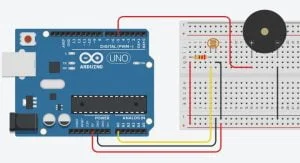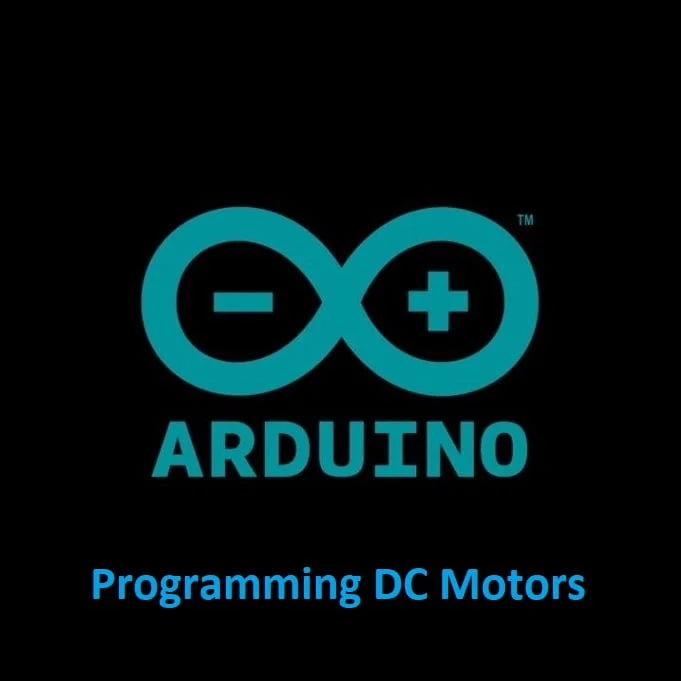What is a Theremin?
The theremin is an electronic musical instrument that is unique in that it is played without physical contact. It was invented by Léon Theremin, a Russian inventor and musician, in the early 1920s.
The theremin’s unique method of sound production relies on the interaction of electromagnetic fields with the player’s hands, which control pitch and volume by moving their hands closer to or farther from two antennae on the instrument. Its eerie and ethereal sound has made it a recognizable and iconic instrument in the world of electronic music.
A Brief History:
Invention by Léon Theremin: Léon Theremin, born Lev Sergeyevich Termen, created the first prototype of the instrument in 1919 while working on various electronic inventions in Petrograd (now Saint Petersburg), Russia. The instrument was initially known as the “etherphone.”
Public Debut: The theremin made its public debut in Moscow in 1920, where it garnered attention for its unusual and otherworldly sound. It quickly gained popularity as a novelty instrument.
Introduction to the United States: In 1927, Theremin took his invention to the United States, where it was patented. He continued to demonstrate the instrument in concerts and exhibitions, gaining a following among both musicians and the general public.
Popularity in the Early 20th Century: The theremin became a sensation in the 1920s and 1930s, with many musicians and composers, including Clara Rockmore and Léon Theremin himself, showcasing its capabilities in classical music and popular music performances.
Decline and Resurgence: The popularity of the theremin waned after World War II, as new electronic instruments like the synthesizer emerged. However, it experienced a resurgence in interest in the mid-20th century, partly due to its use in science fiction film soundtracks, including “The Day the Earth Stood Still” (1951).
Influence on Electronic Music: The theremin had a significant influence on the development of electronic music and experimental sound. Musicians like Robert Moog, who later invented the Moog synthesizer, were inspired by the theremin’s principles and incorporated them into their own work.
Ongoing Interest: The theremin has maintained a niche following among enthusiasts and musicians interested in experimental and electronic music. It continues to be used in various musical genres and experimental contexts.
Theremin and it’s Star Trek Connection
The theremin is closely associated with the iconic television series “Star Trek.” While the theremin itself didn’t make appearances in the show, its ethereal and otherworldly sound greatly influenced the creation of the original “Star Trek” theme music composed by Alexander Courage.
Influence on the Theme Music: Alexander Courage, the composer of the original “Star Trek” series’ theme music, drew inspiration from the theremin’s eerie and haunting sound when creating the show’s theme. The result was a memorable and distinctive musical theme that became synonymous with the series. The swooping, spacey sounds of the theme are often likened to the ethereal tones of the theremin.
Use in Science Fiction Soundtracks: The theremin’s unique sound had been used in various science fiction and space-themed film soundtracks prior to “Star Trek.” Its association with the genre made it a natural choice for a show set in outer space and exploring the unknown.
Contributing to the Series’ Atmosphere: The choice of the theremin-inspired theme music added to the futuristic and adventurous atmosphere of “Star Trek.” It complemented the show’s sense of wonder, exploration, and the unknown.
Attempting to Create a Theremin with Arduino
So, I was looking at Arduino projects online, searching for some inspiration for something cool to make. I came across this project by Øyvind Nydal Dahl the idea was based on the Theremin.
Now, while this project sounds nothing like a theremin, the idea is similar.
Components:
- Arduino
- Photoresistor
- 220ohm resistor
- Passive buzzer
- Jumper cables
- Breadboard
How it Works:
This project generates a tone based on how much light is supplied to the photoresistor. Just raise or lower your hand over the light dependent resistor to change the pitch of the sound.
The Code:
int ldrPin = A0;
int buzzPin =5;
int readVal;
long maxFreq = 2500;
long freq;
void setup() {
pinMode(ldrPin,INPUT);
pinMode(buzzPin,OUTPUT);
}
void loop() {
readVal = analogRead(ldrPin);
delay(200);
freq=(readVal*maxFreq)/1023;
tone(buzzPin, freq);
delay(10);
}The Circuit:
Assemble your components in the exact say way as in the image below.

Upload the Code:
Once your build is complete and code uploaded to the Arduino, you can raise and lower your hand over the LDR to change the sound the buzzer creates. The ambient light of the room you’re in will affect the sound so try to have it as bright as possible.
Conclusion
This Arduino project may not replicate the haunting and ethereal sounds of the traditional theremin, but it captures the essence of innovation and creativity that defines the spirit of DIY electronics. By using a simple setup of an LDR and a buzzer, we’ve harnessed the power of technology to create a musical experience that’s unique and accessible. Just like the theremin pushed the boundaries of what was possible in its time, this project showcases the limitless potential of modern electronics in the hands of curious and inventive minds.
It’s a reminder that you don’t need a concert hall or expensive instruments to explore the world of music; sometimes, all it takes is a bit of imagination and the right tools. So, as you move your hand over that LDR and create your own melodies, remember that the spirit of innovation that inspired the theremin lives on in projects like this, inviting us all to boldly go where no one has gone before.
“Live Long and Prosper”
Recommendations:
The Elegoo Super Starter Kit
If you don’t already own any Arduino hardware, we highly recommend this kit as it has everything you need to start programming with Arduino. You can find out more about this kit, including a list of its components here: Elegoo Super Starter Kit
You can find this kit on Amazon here: Elegoo Super Starter Kit
The 0.96-inch Mini-OLED Display
We highly recommend this mini-OLED bundle of five 0.96-inch OLED displays. We have bought these before and they all worked perfectly. You can read more about the mini-OLED here: Mini-OLED
You can find this bundle on Amazon here: OLED Displays
Elegoo Nano (Arduino Compatible)
We have bought these Nano boards many times and can highly recommend them. There are three Nano boards in this pack making them a total bargain for everyone.
You can find this pack on Amazon here: Arduino Nano




